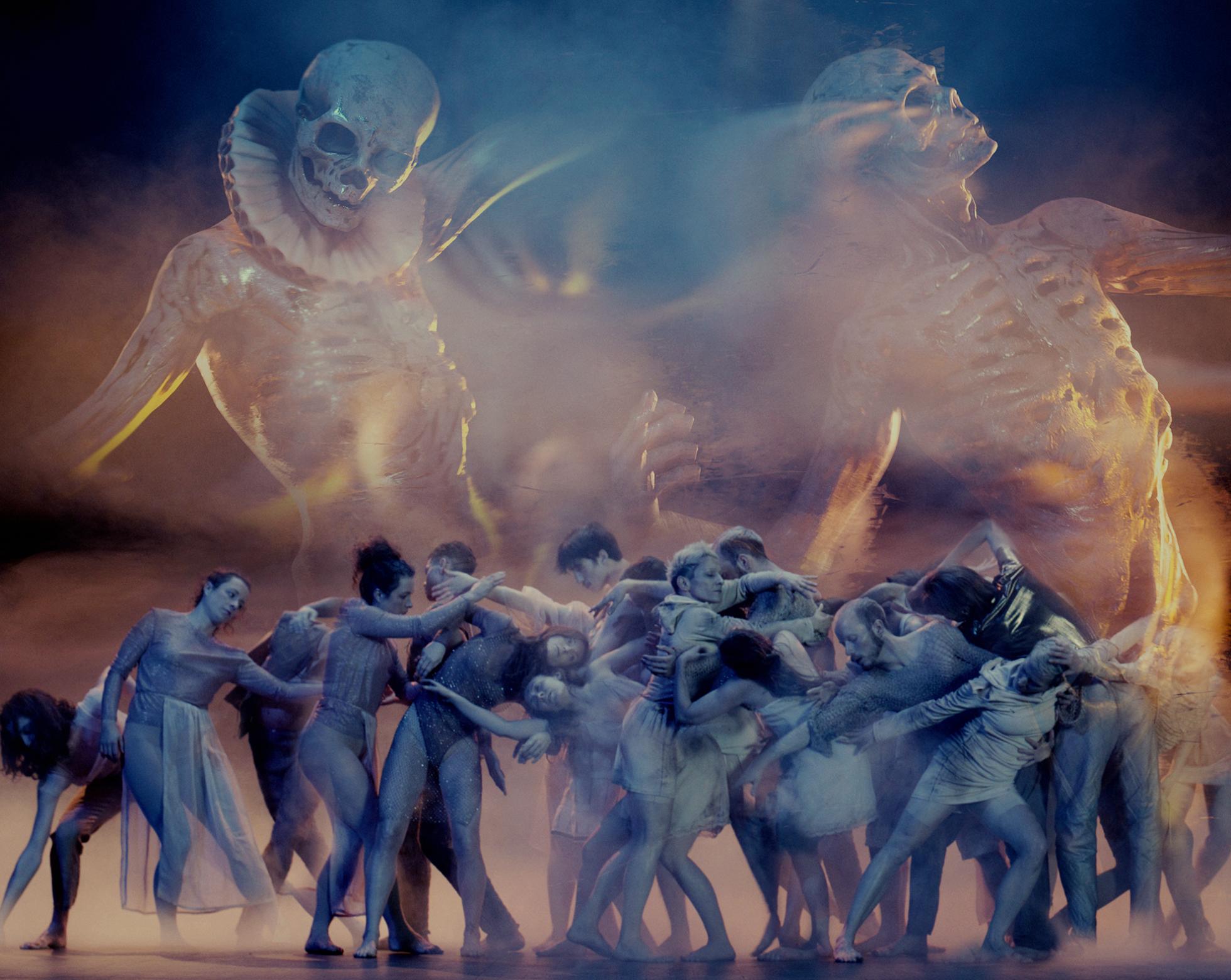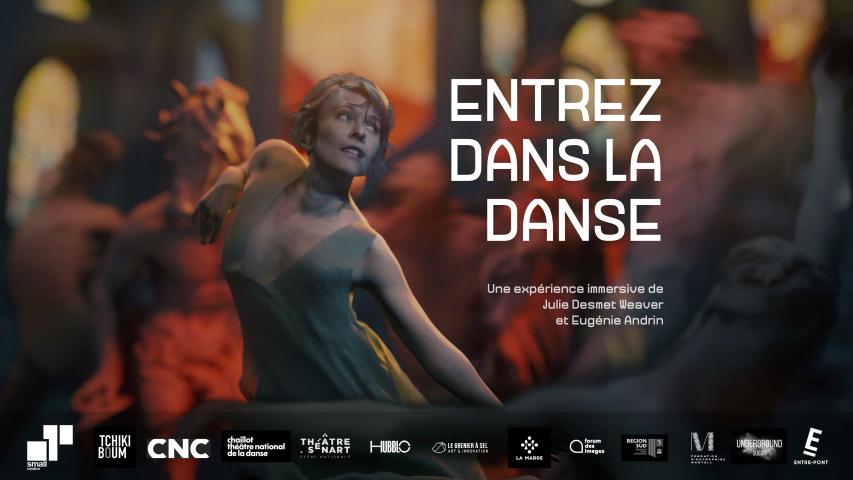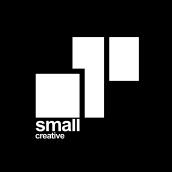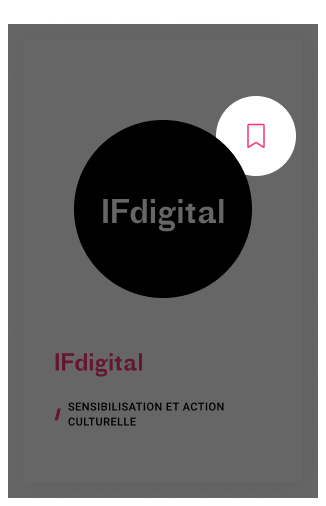Find out more
On the screens surrounding the audience, the story is fragmented, with a view to modernity. The device offers another way of looking at the movement, of gradually becoming part of it. Motion capture cameras, as well as a set of interactive nuances on the floor (colours and shapes), allow the audience to literally "become one" with the story. The narrative path will lead the spectators to become involved and invite them, little by little, to enter "physically" into the dance. Managing to mix the spectators' flesh bodies with the filmed bodies of the dancers and the virtual bodies captured in motion capture is one of the main challenges of this experience.
The Dancing plague has a political and societal intention: to install the gesture as an expression of despair, as a claim, as a reappropriation of the public space...
Through this episode of a dancing epidemic and the story of the couple Enneline and Melchior, Julie Desmet Weaver wishes to draw inspiration from the great aesthetics ofand literary aesthetics of macabre art and propose a resolutely modern interpretation. In view of the difficult times we are going through, which invite us to change our habits and to metamorphose, it is interesting to question our condition as men and women in the heart of the city, and our ancestral, instinctive and organic fears of death.
The challenge is to illustrate the vertigo that the imbalance of these men and women can represent, to tell the story of the swaying, the shaking of the body, then of the bodies that will recognise each other, respond in unison, and tip over into madness. As if the body suddenly opened up and became capable of letting out its darkest and purest moods. A carnivalesque universe, real and fictional, in which beauty and various forms of ancestral fears can exist and merge in harmony.



















